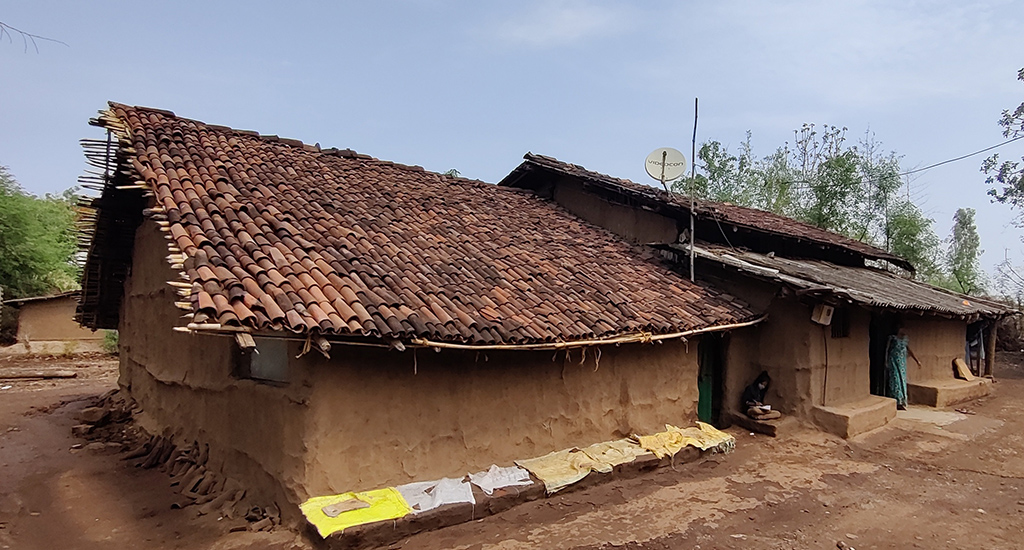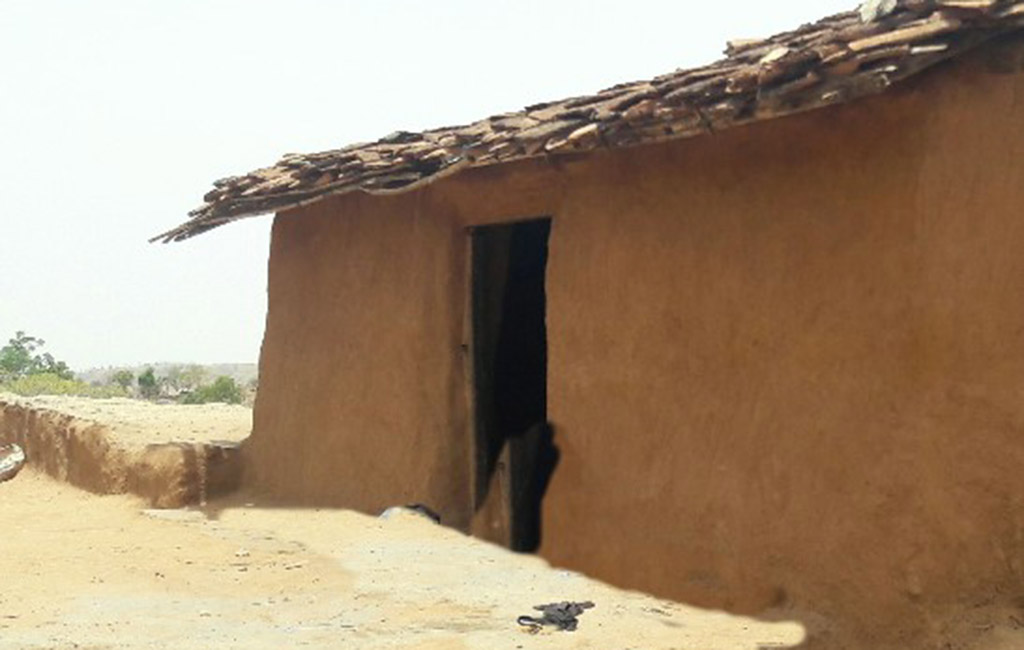
Mud houses that help keep the cool
While the monsoon brings relief from this summer’s soaring temperatures to some, development worker Jyoti Rajput looks at how Rajasthani tribes beat the heat in their mud houses.

While the monsoon brings relief from this summer’s soaring temperatures to some, development worker Jyoti Rajput looks at how Rajasthani tribes beat the heat in their mud houses.
As India witnessed heatwaves this summer certain tribes in Rajasthan had no problem.
No, they did not rely on expensive air conditioning. But their traditional mud houses helped them keep their cool during the extreme heat.

Irrespective of the season, houses with mud walls maintain a moderate temperature as they act as a natural shield, providing comfort inside the house.
During extreme summer heat, the inside of the house is low. And in winters, mud walls provide warmth inside the house. This is because of the porous nature of the mud and their natural insulation properties.
The tribes believe that there will be good rains if the pot automatically moves in a circle.
Floors of these houses are made of a mixture of cow dung, soil and water, which again is naturally cool.
Traditional terracotta tiled roofs, made of porous clay, prevent water stagnation and can withstand sunny, rainy, windy and other extreme weather conditions.
The design of the roof, with wooden or bamboo strips for support, enables natural ventilation.

Interestingly, the designers and builders of these mud houses are the villagers.
They build their house with their own hands. Women are also traditionally involved in this process. And the women maintain the house and clean before major festivals like Holi or Diwali.
These mud houses are just one example of the way rural India has always been using eco-friendly materials for their homes.
The maintenance of mud houses is very low, never eliminating a dependency on costly materials. Instead, easily available local, natural resources, like soil, cow dung, husk and wood, are used, eliminating transportation costs too.

When mud houses are dismantled the materials can be reused. If demolished, mud can mix with nature again, ready for new construction.
Overall, mud houses are not only sustainable but help villagers live comfortably without feeling the harsh heat or the chill of different seasons.
Summer is also the time the tribes get together to predict the rains.
The tribes rely on a traditional method rather than modern tools for predicting rain in the summertime as they probably are not aware of modern forecasting methods.

On a specific summer day decided by the elders and leaders the villagers gather for a forecast-cum-worship, appealing to their deity for a good harvest.
Wheat or other grains are spread on the floor in a circular fashion and a mud pot is kept on the grains. Then they light a lamp inside the pot which also has some grains. The villagers pray, stretching one arm in the direction of the priest who is near the mud pot.
A volunteer balances himself on the pot as the priest recites a prayer to the rain god. The tribes believe that there will be good rains if the pot automatically moves in a circle.

Villagers say that they have been following this tradition since their forefathers’ times and that their traditional forecast has never gone wrong.
This year, they say, there will be good rains.
The lead image at the top of this page shows mud houses in Gujarat. Photo by Arjun Vasava.
Jyoti Rajput has a master’s degree in social work from the Tata Institute of Social Sciences, Mumbai. She is an independent development professional.